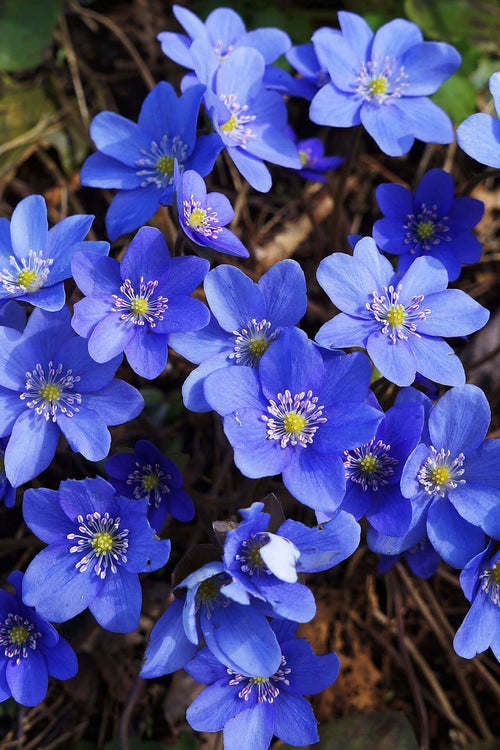Venus flytraps are an odd commodity in the plant kingdom since we humans are not generally accustomed to seeing plants engaging in predatory behavior.
Because of their animal nature, it is almost like taking care of live pets, which is why so many grow Venus flytraps. That only shows that plants are living creatures that produce toxins to guard themselves against predators and survive like any other animal.
Venus flytraps are great for reducing pests like flies and mosquitoes.
If your Venus flytrap has not fed in a while, feed your carnivorous plants every month. Flies are challenging to catch, so try raising maggots if you need to feed your Venus flytraps.
Just lay out any piece of meat or poultry and leave it out in the sun for flies to buzz by and lay their eggs. It sounds gross, but it is always a good idea to have a backup in case your plant is not getting enough to eat.
If raising maggots is not something that appeals to you, try buying maggots from your local fishing or hunting markets. Even though Venus flytraps have digestive enzymes to break down solid food, larvae are much easier for your flytraps to digest. To feed your Venus flytraps, try placing your plant outside when the night air permits it, and turn on your porch lights.
The light will attract insects and provide a feast for your Venus flytraps. Your Venus flytraps may be predators, but never feed your plants human food and if you have to feed your plants, be very careful with your fingers, especially if you are using tweezers. Their most active months are anywhere from May to October.
To grow Venus flytraps, you need lower-quality soil with some form of acidity. Go to your local nursery to get seeds or bulbs, whichever stage you want to start growing Venus flytraps. Keep Venus flytraps in half shade and half sunlight. Only expose developing Venus flytraps to a few hours of direct sunlight.
Be sure to prune regularly and cut off dead leaves and stems that may hamper growth. Be sure you know pruning methods before trimming your plants, and be especially careful with the tools you use, so you don’t harm your Venus flytraps. Water your plants regularly, and be sure to keep them from the cold and harsh winds; the winter is when they are dormant.
Keep them inside during the winter and ensure the temperature in your house is from the mid-forties to the early nineties; Venus flytraps prefer those temperatures.
Venus flytraps are pretty adaptable to most temperatures. Go by the not too hot, not too cold method. Venus Flytraps are exciting plants to grow and require less maintenance than other plants. All they need is the essential elements that plants need to survive, and they can fend for themselves when it comes to food.



















































